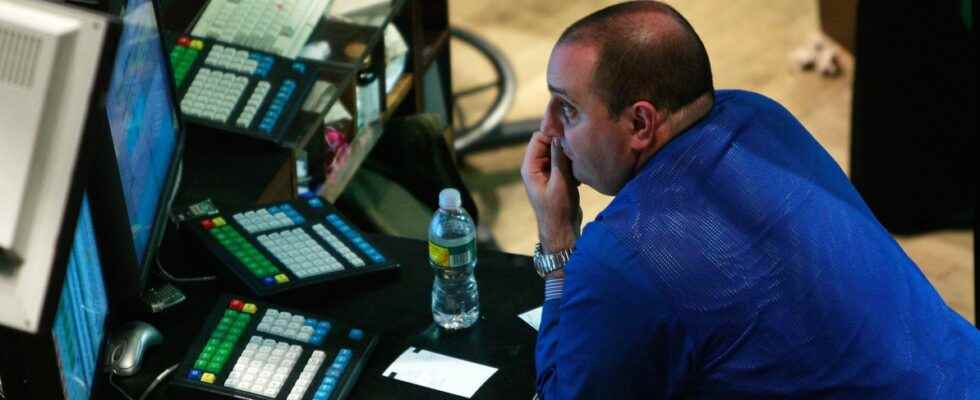(BFM Bourse) – The turmoil that reigns on the world stock markets at the beginning of autumn seems to give credit to the bad reputation of the month of October, due in particular to the crashes of 1929 and 1987. But “the October effect “, as it is called in English, is more a cognitive bias of investors who overestimate the possibility of a fall in stocks during this month than a statistical reality.
Undermined by a set of fears combining economic slowdown, galloping inflation, exploding energy prices and rate hikes by central banks, investors are doubtful, and the indices are struggling. Especially since the ambient gloom can potentially add a calendar effect due to the sulphurous reputation of the tenth month of the calendar year.
“At the technical level, the start of October is making investors more and more tremble,” observes Mirabaud investment director John Plassard, who evokes “The October effect”, an anomaly, at least such that certain market players perceive it, who would like stocks to tend to fall during the month of October.
A cognitive bias more than a tangible phenomenon
However, this effect is considered a cognitive bias and not a verifiable phenomenon, with most statistics running counter to this theory (September, for example, has had more bearish months for nearly 100 years than September). October), this “October effect” mainly refers to the fact that some of the great crashes of the modern period actually took place during this month.
Among the events that forged October’s bad reputation, John Plassard cites in particular the American bank panic of 1907, the Black Tuesdays, Thursdays and Mondays of the 1929 crisis, then the “Black Monday” of the crash of 1987, during which the Dow experienced its largest daily fall, dropping 22.6%. Extreme events, to which we can add the economic and financial crisis of autumn 2008, the bulk of the fall in the markets having taken place during the first week of October (-18% for the Dow during the week October 6).
But it is clear that despite the occurrence of these crashes, the performance of the S&P 500 in October remains better than that of the months of February, May or September on average since 1928.
The most volatile month for stocks
What is true, on the other hand, “is that October is traditionally the most volatile month for equities” notes John Plassard, who points to a study by LPL Financial according to which there are more variations above 1% for the S&P 500 in October than in any other month of the year since 1950.” This can be attributed in part to the fact that October comes before the early November elections (midterm and presidential) in the States United every other year.
Among Wall Street’s most popular calendar effects, along with the Christmas rally and the “Sell in May & go away” (or its corollary, the Halloween effect), the October effect is also known as the “Mark Twain effect. “, in reference to a famous sentence of the writer in his novel The Tragedy of Pudd’nhead Wilson and the Comedy of Two Extraordinary Twins: “October is one of the particularly dangerous months to speculate on stocks. The others are July, January, September, April, November, May, March, June, December, August and February”.
While this statement is clearly ironic and implies that speculation is always dangerous, the fact that Mark Twain begins with the month of October can be considered a strange coincidence since the novel in question dates from 1894 – and therefore predates all stock market crashes mentioned.
It is still too early to assess any “October effect” on the markets in 2022. The Paris Stock Exchange closed the first week of October with a gain of 1.8%. The other European markets also ended this week in the green after a disastrous month of September. On Wall Street, the Dow Jones, the S&P 500 and the Nasdaq also managed to stay in positive territory on a weekly basis despite a clearly bearish closing on Friday evening.
The rebound in the indices at the start of the week thus made it possible to limit the damage, with investors betting on a softening of the US Federal Reserve’s tone on its rates. Hopes that were subsequently dashed by a better-than-expected employment report on Friday…
Tradingsat Tradingsat – ©2022 BFM Bourse
